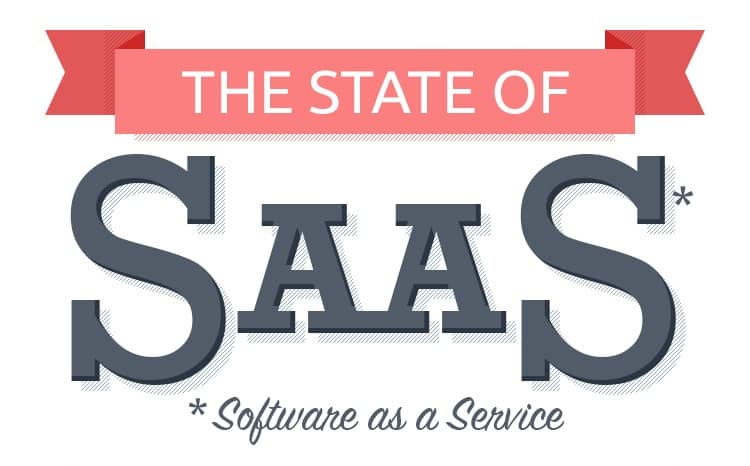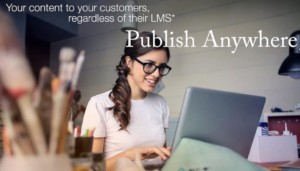5 Reasons A Software Subscription May Beat a Content Purchase

“With hardware you get what you buy; with software you’re going to get what it becomes over time.” Rob Waldron, CEO of Curriculum Associates, made that insightful comment during a Hangout discussion (at the 45 minute mark) of the Smart Series Guide to EdTech Procurement.
Compared to products, buying subscription-based software services is dramatically different–and state and district policy aren’t ready for the change.
We’re all getting used to the regular updates to operating systems that run our smartphone and the associated applications. I love it when a new feature just shows up in Google Docs. In some cases these applications make big changes over time.
Waldron noted that “with changes in standards and technology, sticking with a product for 5-7 year is a bad idea.” And scraping one product and switching to another is expensive and requires retraining everyone.
With products, a head to head comparison can be made. With software, you need to consider the trajectory, “Focus on where a vendor is headed.” About rapidly developing Software as a Service (SaaS) categories, Waldron said the key is “choosing who you want to go on the journey with.”
Before starting your journey with a SaaS vendor, Waldron suggests you check guarantees, service levels, and their update trackrecord.
In the old days, textbook salesman would celebrate the sale and not worry too much about use. But Waldron says SaaS keeps vendors nervous, “It’s a little like a nudist colony; users can see everything–use patterns and gains by standard.
5 Difference. There are five important differences between purchasing assets and subscribing to a service:
-
Lower risk: subscriptions spread out expenses over period of actual (not projected) use.
-
Bet on the future: with products you get what you buy; with subscriptions you get a dynamic service with an opportunity for improvement.
-
Use matters: with subscription software, it’s easy to see use patterns and outcome data.
-
Service matters: with subscriptions the level of support services may be the difference between efficacy and inactivity.
-
Co-creation: subscriber use and feedback influences service development.
Local and state purchasing policies may have been crafted 10 or 15 years ago long before the implications of the shift from products to services could have been contemplated (more on SaaS advantages and necessary policy changes in an upcoming paper).
The EdTech buyers guide is the 10th paper in the DLN Smart Series and features the expertise of John Bailey, executive director of DLN, and Daniel Owens, partner at the Learning Accelerator. Check out the infographic, Smart EdTech Means Buying Smart.
Image from Rob Rawson. Digital Learning Now! and Curriculum Associates are Getting Smart Advocacy Partners.






0 Comments
Leave a Comment
Your email address will not be published. All fields are required.